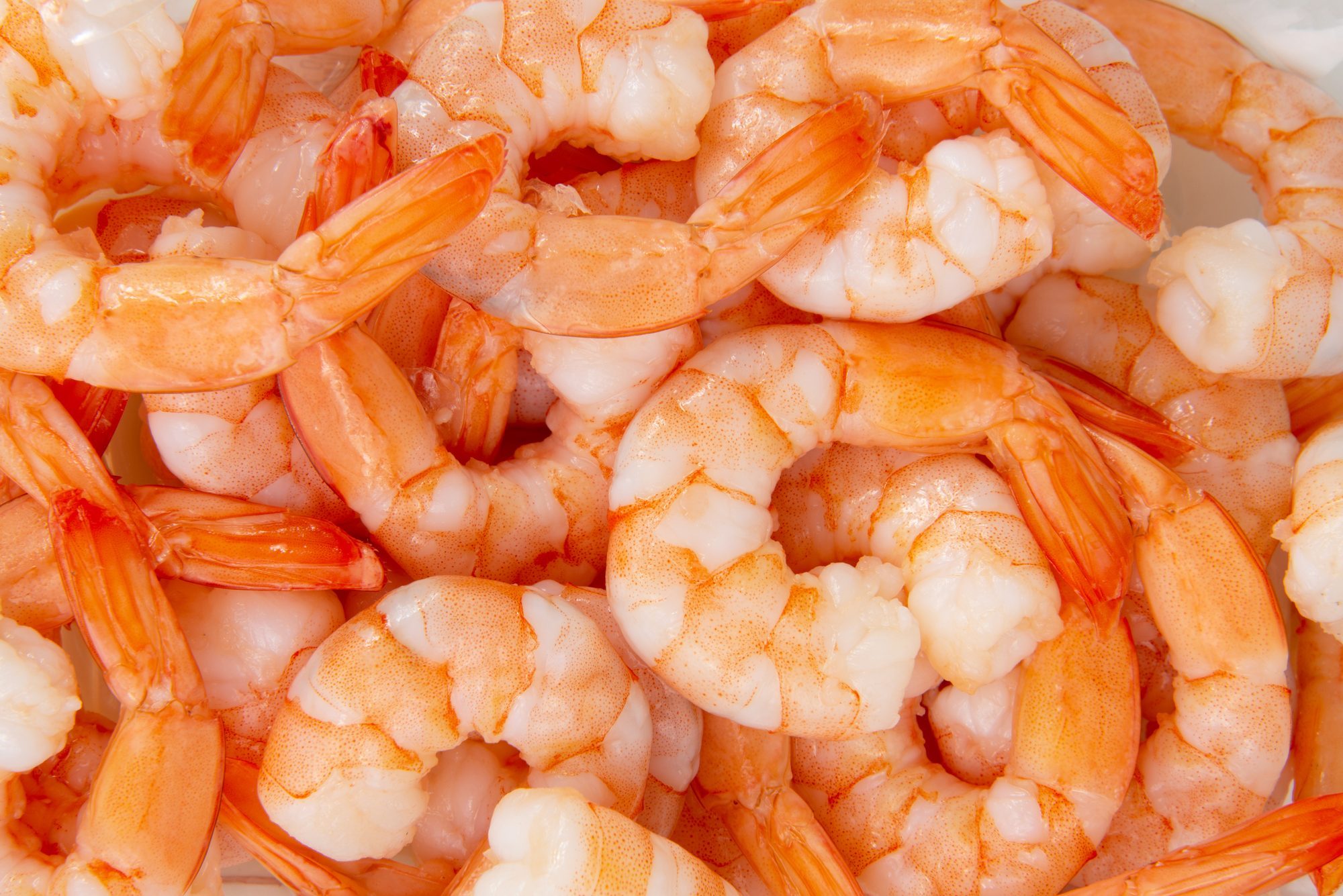This is a surprisingly hot shellfish topic!

Can You Eat Shrimp Tails?

You’ve probably perfected the fine art of extracting every bit of meaty flesh from that pesky shrimp tail—and whether you do this daintily with a fork and knife or use your fingers to pinch the tail while you suck the meat out is no business of ours! But if you’ve spent any time on TikTok lately, you’ve no doubt seen heated debates about whether that step is necessary.
The question is: Can you eat shrimp tails? Or should you go to great lengths to avoid them?
Can You Eat Shrimp Tails or Not?
Yes, shrimp tails are edible. There’s nothing dangerous, poisonous or unhealthy about ingesting them. Choosing whether or not to eat the tails comes down to personal preference.
In some Asian cuisines, this practice is quite common and even considered a delicacy. Some people swear by the additional texture and crunch that tails add to a dish like shrimp tempura. Others find it wholly unappetizing or don’t like the mouthfeel. It may depend on the size of the shrimp too, as removing the tail for smaller shrimp could be more effort than it’s worth.
There’s no wrong way to eat shrimp, so do whatever pleases your palate.
Is it better to cook shrimp with tail on or tail off?
You’ll get more flavor if you cook shrimp with the tails on. You can always discard the tails later. Be sure to clean the shrimp, though—this includes giving them a good rinse, removing the shell and using a paring knife to remove the vein.
You’re all set to tackle our most popular shrimp recipes!
Can Dogs Eat Shrimp Tails?
Is Fido begging for some shrimp at the table? It’s fine to toss a piece his way, provided you remove the tail first. Why? Shrimp tails aren’t toxic, but they do pose a choking hazard for dogs (especially for small breeds) and may also cause intestinal irritation for your pup. Be sure you never give raw or undercooked shrimp to your dog, as it can contain harmful pathogens.
Can Cats Eat Shrimp Tails?
Cats, on the other hand, can eat shrimp heads (and tails and legs!), with no concern. If you decide that eating the shrimp tails isn’t for you, let your kitty lap up those tasty morsels. Just be sure the shrimp tails aren’t covered in breading and haven’t been cooked with too much oil and salt, as that won’t be healthy for any cat.
Next Up: Learn how to choose the right type of shrimp for your recipes.



















